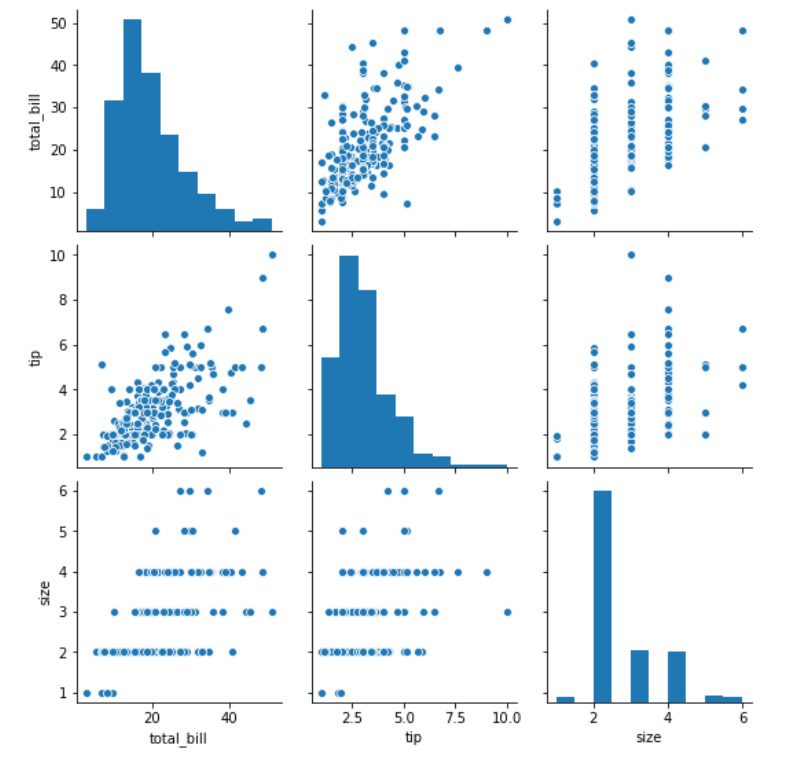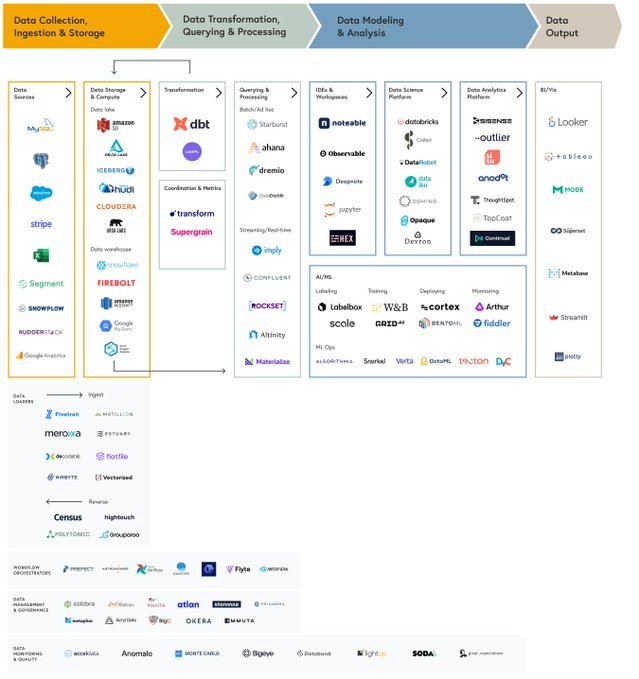
🤔 Every email marketing campaign will succeed or fail, but how do you categorize something as a success or a failure? That's where metrics come in: online.datasciencedojo.com/blogs/measure-…
#MarketingAnalytics #EmailMarketing #DSDojo
#MarketingAnalytics #EmailMarketing #DSDojo
1. A conversion is characterized as a completed action towards a goal. Whether it's signing up for a newsletter or buying a pair of sunglasses, someone performed an action that brought you closer to completing your goal.
2. CTR is the number of clicks on links within your email that take potential customers to a landing page. It could be a button, picture, or text,but the important thing is someone clicked-on something that was meant to be clicked on.
3. The Click to Open Rate (CTOR) measures the number of unique clicks versus the number of total unique opens an email had. Unlike CTR, it doesn't take into account the people who didn't open the email.
4. Unsubscribe Rate, Unsubscribes aren't all bad. In fact, people that unsubscribe are saving you time because you'll no longer be sending an email to someone who won't convert.
5. The bounce rate is the number of emails that "bounce back" after being sent. The person who the email was intended for never receives the email, and the sender receives a message saying the email was never sent.
6. Spam percentage measures the percentage of individuals who sent your email to spam versus the total number of emails sent. The higher the percentage, the more likely your emails will automatically be marked as spam.
• • •
Missing some Tweet in this thread? You can try to
force a refresh








